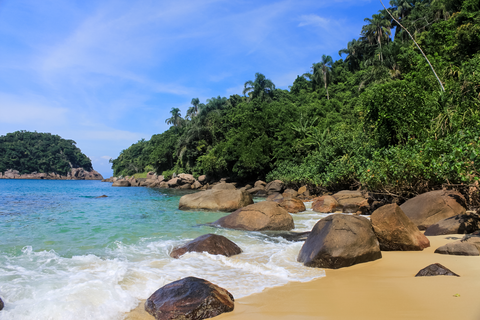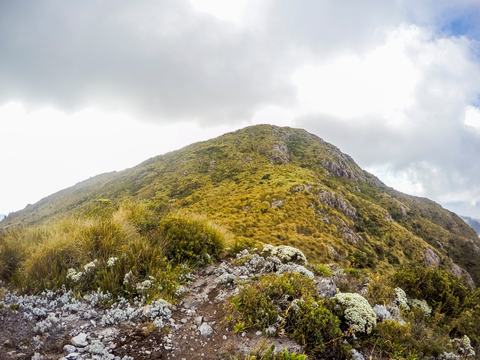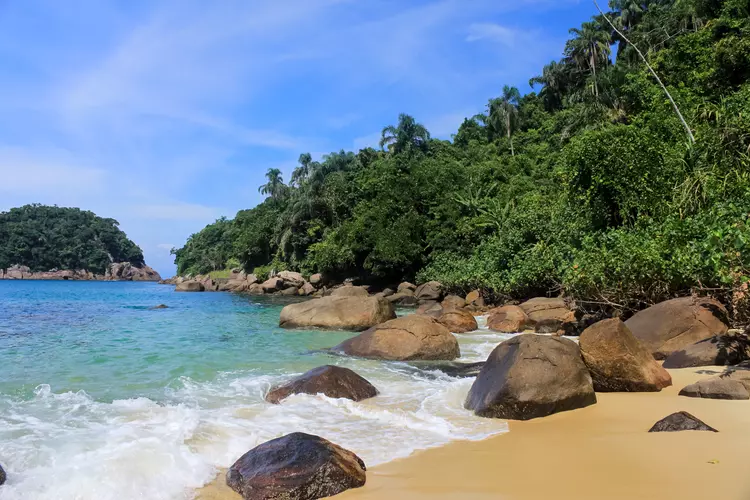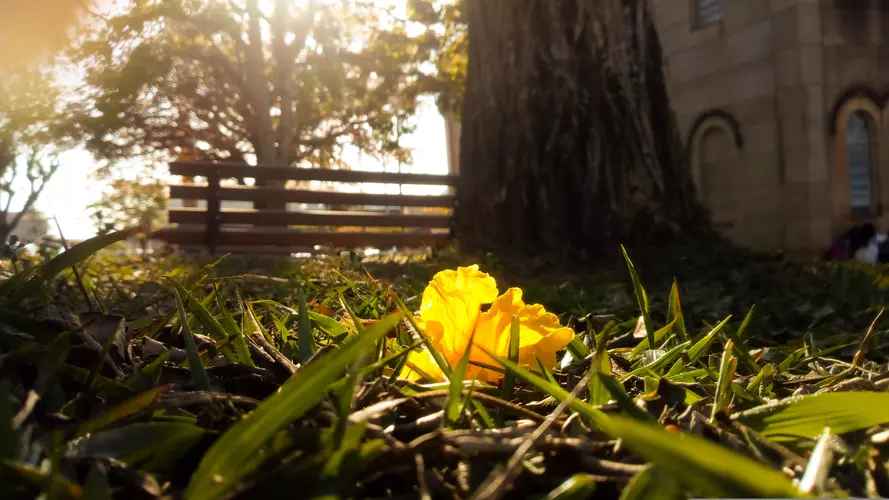"Explore Brazil's vibrant ecosystems and breathtaking vistas on an unforgettable hiking journey."
Embark on an unforgettable journey through Brazil's diverse landscapes, where every trail tells a story of vibrant ecosystems and breathtaking vistas. From the lush Amazon rainforest teeming with wildlife to the dramatic peaks of the Serra dos Órgãos, Brazil offers a hiker's paradise. Discover hidden waterfalls, traverse ancient paths, and immerse yourself in the rich culture of local communities. Each step unveils a new marvel, inviting you to explore the heart of this captivating country.
Most popular hikes
FAQs about hiking in Brazil

The Amazon region, characterized by high humidity and rainfall, is less accessible during the rainy season (November-April). Conversely, the dry season offers better trail conditions and wildlife viewing opportunities.
In the Pantanal and the highlands, dry winter months (May-September) are preferable for hiking.












